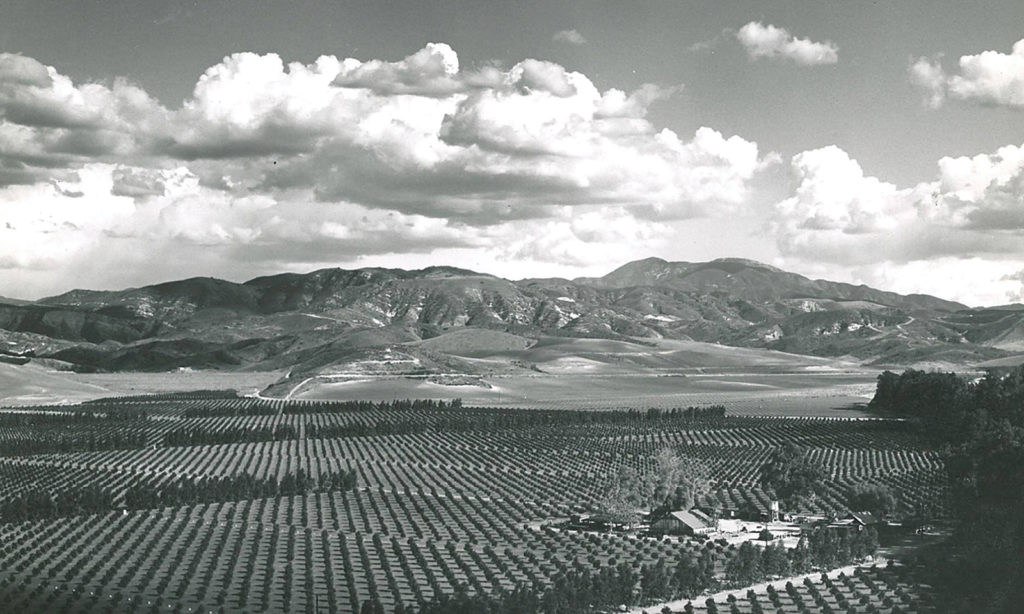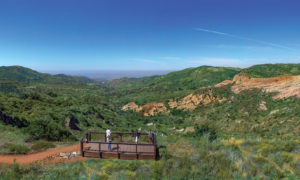A transatlantic voyage, world-changing innovation, a master plan, open space preservation and the creation of a global economic center … take a journey through time to learn about the decisions that made Irvine.
The story of the new City of Irvine begins in 1846, when its namesake, James Irvine, set sail for Ireland at the age of 19.
After a brief stint in New York, Irvine was lured to California by tales of the gold rush.
He struck it rich in San Francisco, but not as a gold miner. Irvine found his fortune as a merchant, supplying food and provisions to the mining companies. A shrewd businessman, he invested his profits in real estate in San Francisco.
At age 37, he was ready for his next challenge and looked to Southern California. In 1864, Irvine acquired more than 100,000 acres of ranchland in the future Orange County.
It was the birth of The Irvine Ranch.

Decision Point #2: Keeping the Ranch Intact
By the late 1800s, most Southern California ranches were being divided and sold in the face of drought and economic hardship.
But not The Irvine Ranch.

Decision Point #3: Creating the Master Plan
Urban sprawl was hurtling toward Orange County in the 1950s. Landowners were under immense pressure to sell property to make way for piecemeal development occurring in cities throughout Los Angeles County.
But Irvine Company had a bold plan. It would forgo short-term economic gain to maintain ownership of The Irvine Ranch and develop a Master Plan for a new city built around a new university — UC Irvine.

Decision Point #4: Voting to Form the New City of Irvine
By 1965, the Irvine Master Plan was taking shape. Young families flocked to Irvine’s first village, University Park, with its greenbelts and bikeways. A few miles away, UC Irvine welcomed its inaugural class of freshmen.
Excitement was building in the young community. As it did, at least four neighboring cities wanted to incorporate parts of The Irvine Ranch, which would have made it impossible to fulfill the vision of the Master Plan. After Santa Ana’s attempt to annex the entire central portion of the Ranch, local residents saw the need for self-determination.
They launched a historic drive for cityhood to preserve the Master Plan’s vision.

Decision Point #5: Designing the Heart of the City
If open space is the soul of Irvine, the Irvine Spectrum District is its heart.
The Irvine Master Plan identified the land as the “Regional Triangle” — a 5,000-acre swath of strawberry fields between the then-new I-405 and I-5 freeways.
The original plan anticipated commercial uses, but it came to life in 1983 when Irvine Company Chairman Donald Bren made plans for what he called a “future jobs hub” and the “center of Irvine’s energy.”
The vision was to bring the world’s leading companies and their high-paying jobs to Irvine, especially in the burgeoning technology and life sciences sectors.

Decision Point #6: A Gift of Open Space
Irvine Company’s decision to preserve 60% of The Irvine Ranch resulted in one of the largest dedications of private land in California history. It permanently protects 57,500 acres of natural wonders, like the sandstone cliffs of Limestone Canyon and delicate ecosystems of Bommer Canyon. It is the only land ever to receive both the California State and United States National Natural Landmark designation.










